Something Good #109: Gestures
The hand is held flat, palm downward, and cuts sideways rhythmically against the waist at stomach level.

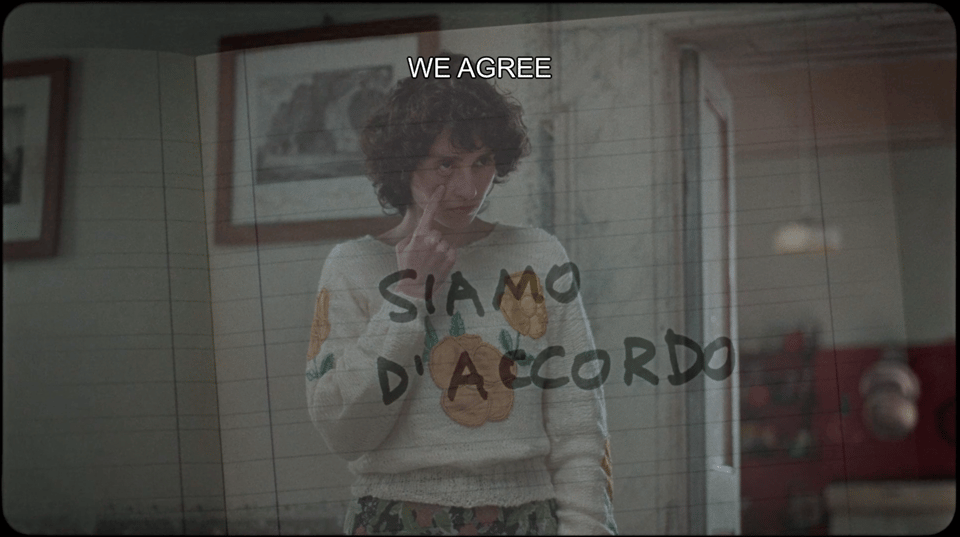
I can always tell right away when something is going to be for me, or “Mark-coded” as friend of the newsletter Sarah G. put it recently. And from the opening moments of Alice Rohrwacher’s La chimera, I knew I would fall in love with this film.1
The movie begins on a train somewhere in Italy, where an unhappy Englishman, Arthur (Josh O’Connor) in a dirty white suit is being interrogated by a group of curious local girls.
It seems to be the 1980s, a feeling accentuated by the glorious 16mm and 35mm cinematography (by Hélène Louvart—great interview with her at the Kodak blog). In a stylistic choice that somehow heightens both the reality and unreality of the film, it’s presented “open gate,” meaning you can see the entire frame, including the rough edges around the borders. (See the trailer below for what I mean).
Arthur, it seems (the movie is wonderfully parsimonious about relating any kind of backstory) is a grave robber, who along with a shambolic gang of fellow tombaroli, digs up ancient Etruscan grave goods to sell to a mysterious client. There is a woman in his past, Beniamina, lost in some undefined way; a loss Arthur shares with her not-quite-there mother (Isabella Rossellini), and a gaggle of meddling sisters.
The world of the movie is cluttered, utterly lived-in, ridiculous and sad. The tombaroli, a group of local villagers, are all vaguely middle-aged; this seems to be their only job, and they rely on Arthur’s preternatural powers of divination to scrabble together a living. They somehow have a theme song?
What locked the movie in for me was a scene where love interest Italia (Carol Duarte) gives Arthur a crash course in Italian—not the spoken version, but the vivid lexicon of hand gestures that extend and underscore the spoken language, and which date back at least as far as Roman times.
I was suddenly brought back to my own small history with these rich non-verbal dialects. In 2009, I went to the Italian region of Umbria on a research trip to seek out Isabella dalla Ragione, a legendary agronomist and “fruit detective” that my friend Yung Chang and I had read about in a New Yorker article.
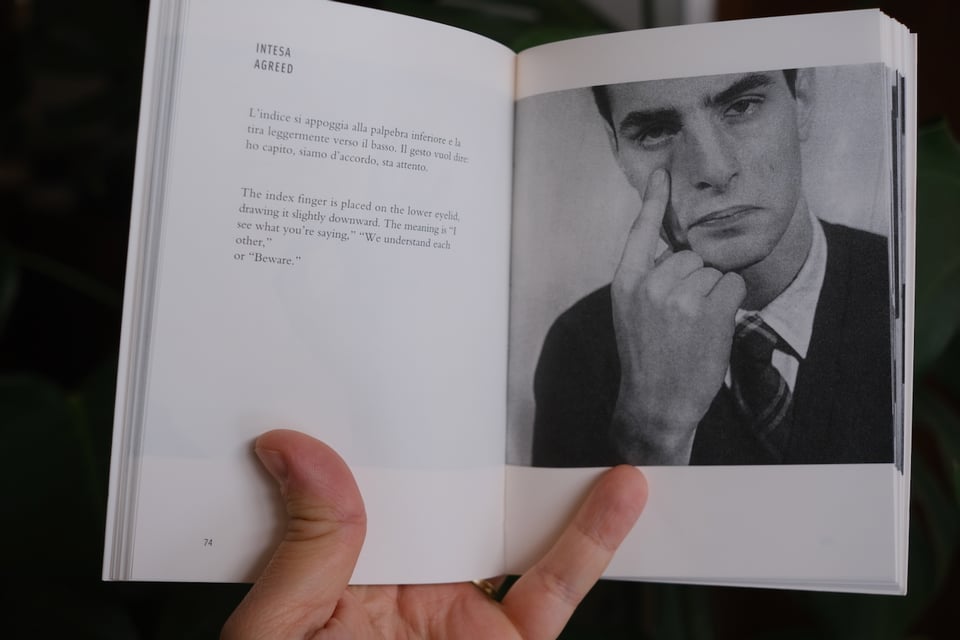
At the time, we were working on a film adaptation of our mutual friend Adam Leith Gollner’s book The Fruit Hunters, Yung as director, myself as writer. We came upon Isabella’s work in our wide-ranging research, and we were fascinated by her story.
In a solitary, poorly-funded effort to save fruit varieties which were going extinct in the wake of the food industry’s industrialization, she would identify forgotten cultivars in Renaissance-era paintings2 and hunt down the still-living trees that had produced them. They could usually be found in monasteries and convents. Then, she would carefully take samples from the trees and graft them to rootstock in her orchard, giving them new life.
(Side note: this is the only way to effectively reproduce a variety of fruit. Growing a tree from seed is likely to give you something completely different, even if you’re patient enough to wait the years and sometimes decades it takes for the new growth to fruit. Every fruit you buy from a market is literally a clone.)

I hired a local filmmaker (the very talented Benoit Felici) and we drove to Isabella’s orchard. Tucked into a cozy valley in the Umbrian countryside by Perugia, it was a miniature paradise, a sanctuary for nearly-extinct fruit. There were rows of quinces, apples and pears that had once sustained villages. Their particular flavours and sensations had been unique to their own particular communities; every village might have its own, different taste of pear. At the top of the hill was the ancient stone house where Isabella lived, with a 15th-Century chapel attached to the structure; it was there that she stored the fruit after she harvested it.
We spent two days shooting there, and then drove to Arezzo, where I would take a train north. On the drive there, through the rolling and verdant hills of Tuscany, I noticed a surprising number of hitchhikers on the route. Benoit had to gently inform me that these were sex workers, plying the local trucker trade. When we arrived in Arezzo, we got out of the car and realized with shock and amazement that we had left a piece of the tripod on the roof of the car as we were packing up, and it had somehow not fallen off throughout the entire winding two-hour drive.
Three years go by, and we have finally finished the film. We travel to Turin to present it at a film festival, and several of the documentary’s subjects, including Isabella and Bill Pullman (a story for another time), join us there. We spend a lot of time that week with Isabella, visiting the local university and its collection of fruit-related art and materials. One night we are out for dinner with her and a friend of hers (whose name I have sadly forgotten), and the topic of Italian hand gestures comes up. I ask for a little lesson, and I think to record it with my phone—and this is the point of my entire rambling story. You can watch it here:
For years this lived deep down on my Facebook timeline, until I saw La chimera and thought to rescue it. The picture been compressed violently by an old algorithm but its charm has not.
You can rent La chimera on most streaming services, and The Fruit Hunters too. DVDs of the latter still exist, I believe, somewhere.
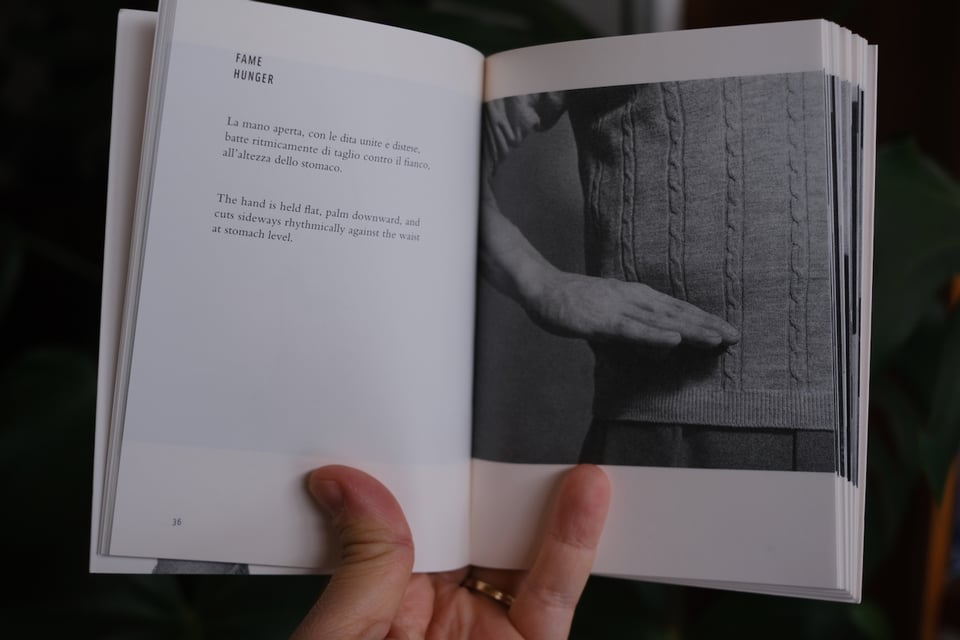
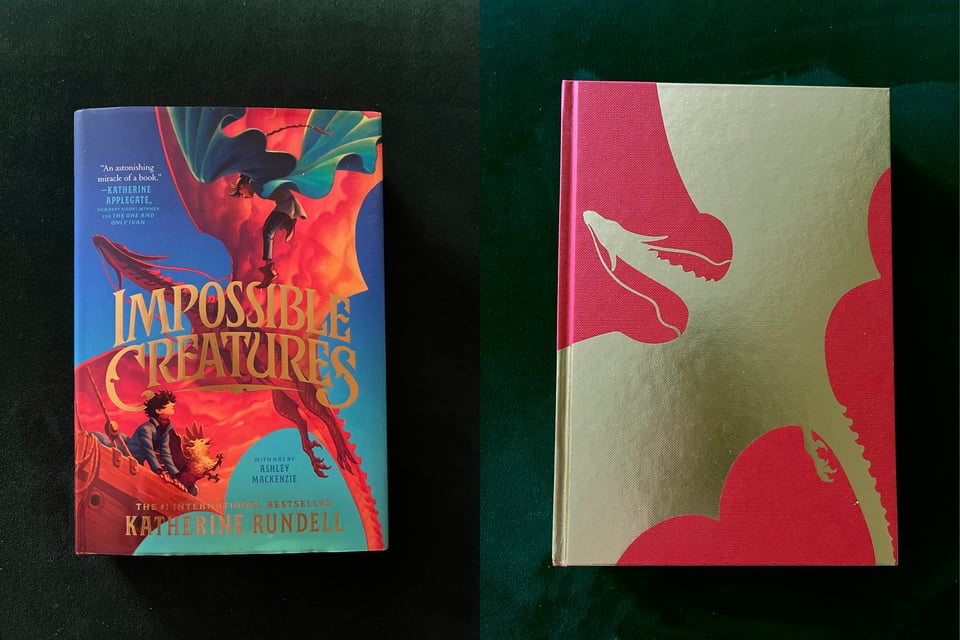
This week’s #nojacketsrequired comes from inside the house. My house, that is: Karen submitted it (by the way, check out her website if you have a moment). If there’s anything I dislike more than dust jackets on books for grown-ups, it’s dust jackets on kids’ books. Such a waste, an according to a publisher I know, a specifically American thing; the French do it right and just print the cover directly on the book itself. So I very much approve of this one. Do send me your discoveries.
Bonus track:

In Turin in 1958, Bruno Munari privately printed a book of Italian hand gestures, inspired by an 1832 volume, The Ancients’ Mimic Through the Neapolitan Gestures, by a Canon of the Cathedral at Naples, Andrea de Jorio. Reprinted in English in 2005 as Speak Italian: The Fine Art of the Gesture, it’s from this edition that I’ve included some of the gestural photos used in this newsletter. The hand holding the book belongs to me.
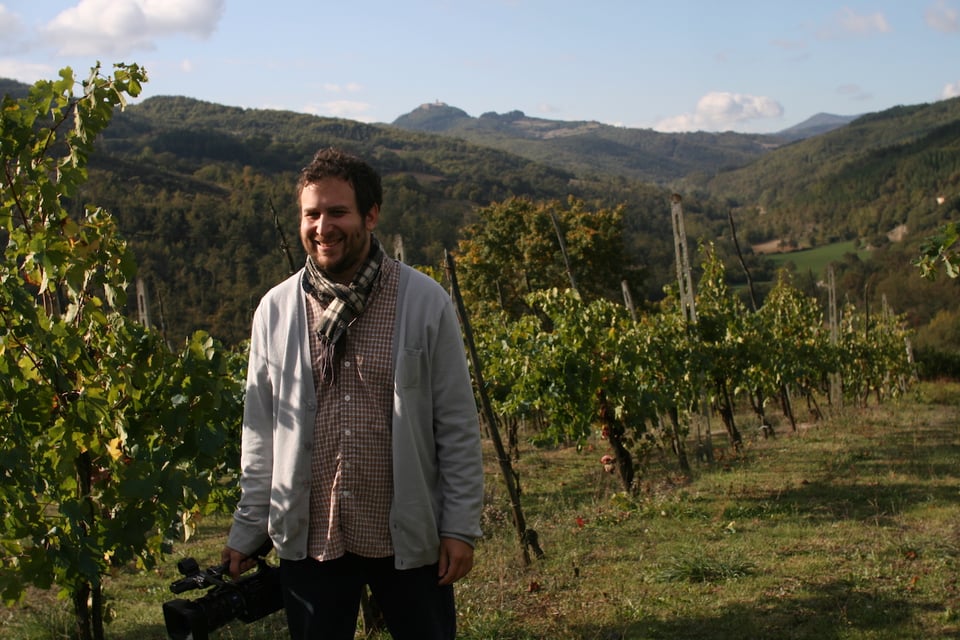
This is Something Good. The reading project detailed back in December continues over at Barely a Book Club; or rather, it will as soon as I get the next one out, in which I talk about books by Alan Garner, Joan Aiken, Susan Cooper and John Masefield. Either way, read up, rate, review, subscribe (you can only do the last one), and I will see you soon.
P.S.: We’ll be visiting Mexico City in late April/May. Any recommendations for lodging, visiting, eating, reading, strolling, etc. are most welcome.
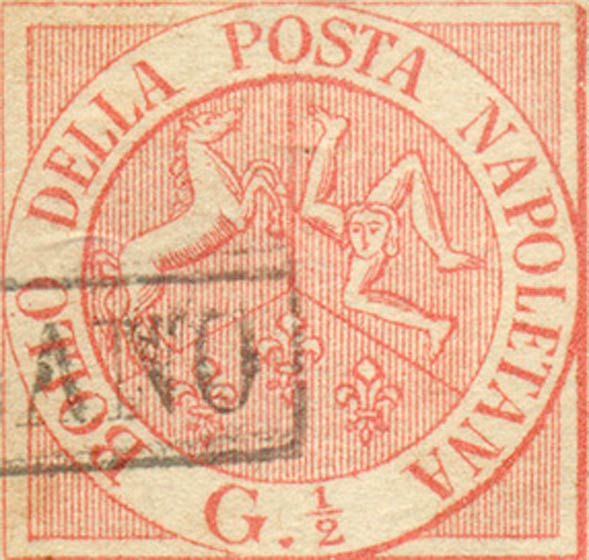
Actually, I knew it from the moment I saw the poster. ↩
Often commissioned by wealthy families to show off their holdings. ↩
